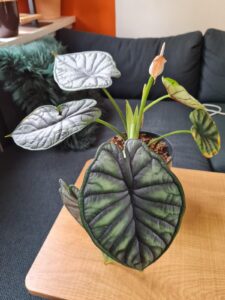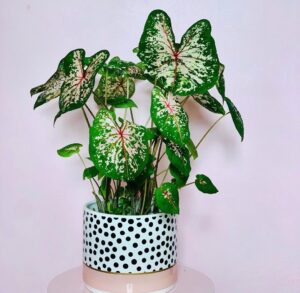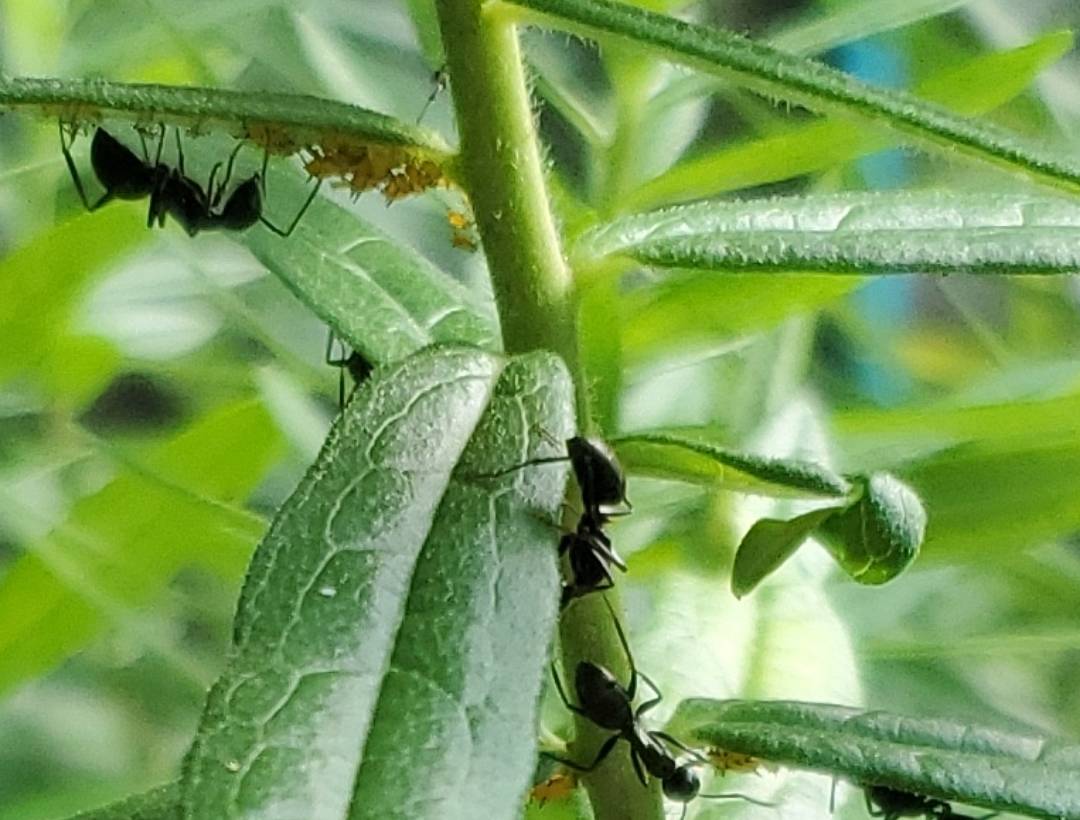
Indoor herb gardens are a delightful addition to any home, providing fresh flavors for your cooking and a touch of green to your living space. However, even indoor plants can fall victim to pests. Here are seven effective strategies to keep your indoor herb garden thriving and pest-free.
In this article
Choose Pest-Resistant Herbs
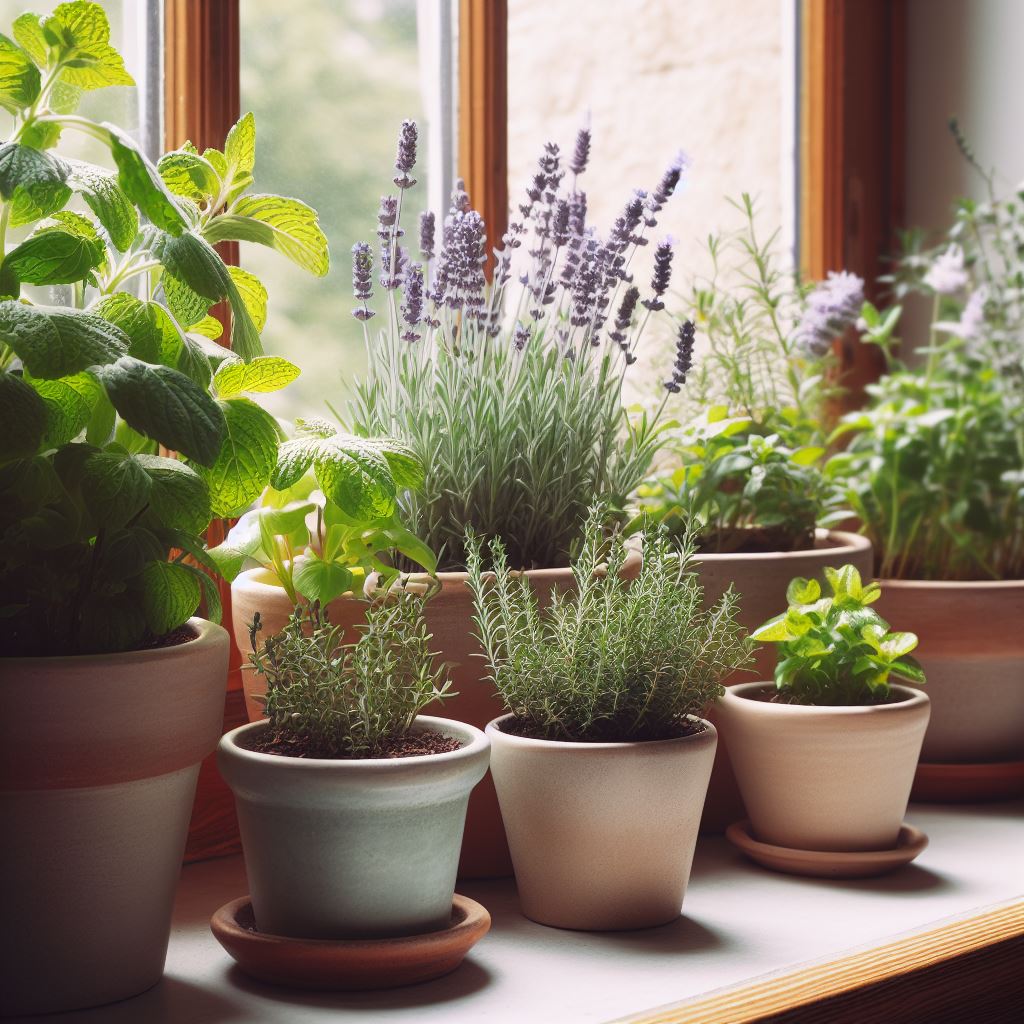
One of the best ways to protect your indoor herb garden is to start with plants that are naturally resistant to pests. Some herbs are less appealing to common indoor pests, making them excellent choices for a low-maintenance garden.
| Herb | Pest Resistance | Additional Benefits |
|---|---|---|
| Rosemary | High | Aromatic, drought-tolerant |
| Sage | High | Attractive foliage, culinary uses |
| Thyme | Medium-High | Compact growth, versatile in cooking |
| Mint | Medium | Vigorous growth, refreshing scent |
| Basil | Medium | Fast-growing, popular in many cuisines |
Implement Proper Watering Techniques
Overwatering is a common mistake that can lead to pest problems. Excess moisture creates an ideal environment for fungus gnats and other moisture-loving pests.
Tips for Proper Watering:
- Water deeply but less frequently
- Allow soil to dry between waterings
- Use well-draining potting mix
- Ensure pots have drainage holes
To help you maintain the right watering schedule, try our Interactive Watering Schedule Tool.
Maintain Good Air Circulation
Proper air circulation is crucial for preventing pest infestations in your indoor herb garden. Good airflow helps reduce humidity and makes the environment less hospitable for pests. Ensuring adequate air circulation is essential for maintaining a healthy and pest-free indoor herb garden.
To improve air circulation, space plants adequately. Each plant should have enough space to grow without crowding, allowing for better air circulation and reducing the risk of pests and diseases. Avoid overcrowding, as this can lead to stagnant air, which can attract pests and create an ideal environment for diseases to thrive.
Another way to improve air circulation is by using oscillating fans. Place oscillating fans around your plants on low settings to create a gentle breeze that helps circulate the air and reduce humidity. Adjust the fan settings to ensure the airflow is not too strong, as this can damage the plants.
When the weather permits, open windows to allow natural ventilation. This can help bring in fresh air and reduce the need for artificial ventilation. Be mindful of the weather conditions and avoid opening windows during extreme temperatures or high humidity.
Regularly prune dense growth to allow air to move freely around the plants. This helps prevent stagnant air pockets and reduces the risk of pest infestations. Pruning also helps maintain the shape of your plants and encourages healthy growth.
Additionally, monitor humidity levels using a hygrometer. High humidity can attract pests, so maintaining a moderate level is crucial. Regularly clean your garden to remove any debris or pests that may have accumulated. By following these tips, you can ensure good air circulation in your indoor herb garden, reducing the risk of pest infestations and promoting healthy plant growth.
Herbs that are most sensitive to poor air circulation:
- Rosemary is particularly prone to powdery mildew when air circulation is inadequate. It requires good air circulation to prevent fungal growth and maintain healthy growth.
- Lavender is sensitive to poor air circulation and can develop fungal diseases like powdery mildew if air circulation is insufficient.
- Sage is also sensitive to poor air circulation and can develop fungal diseases if the air around it is stagnant
For more tips on creating an optimal environment for your herbs, visit our Indoor Gardening section.
Regularly Inspect and Clean Your Plants
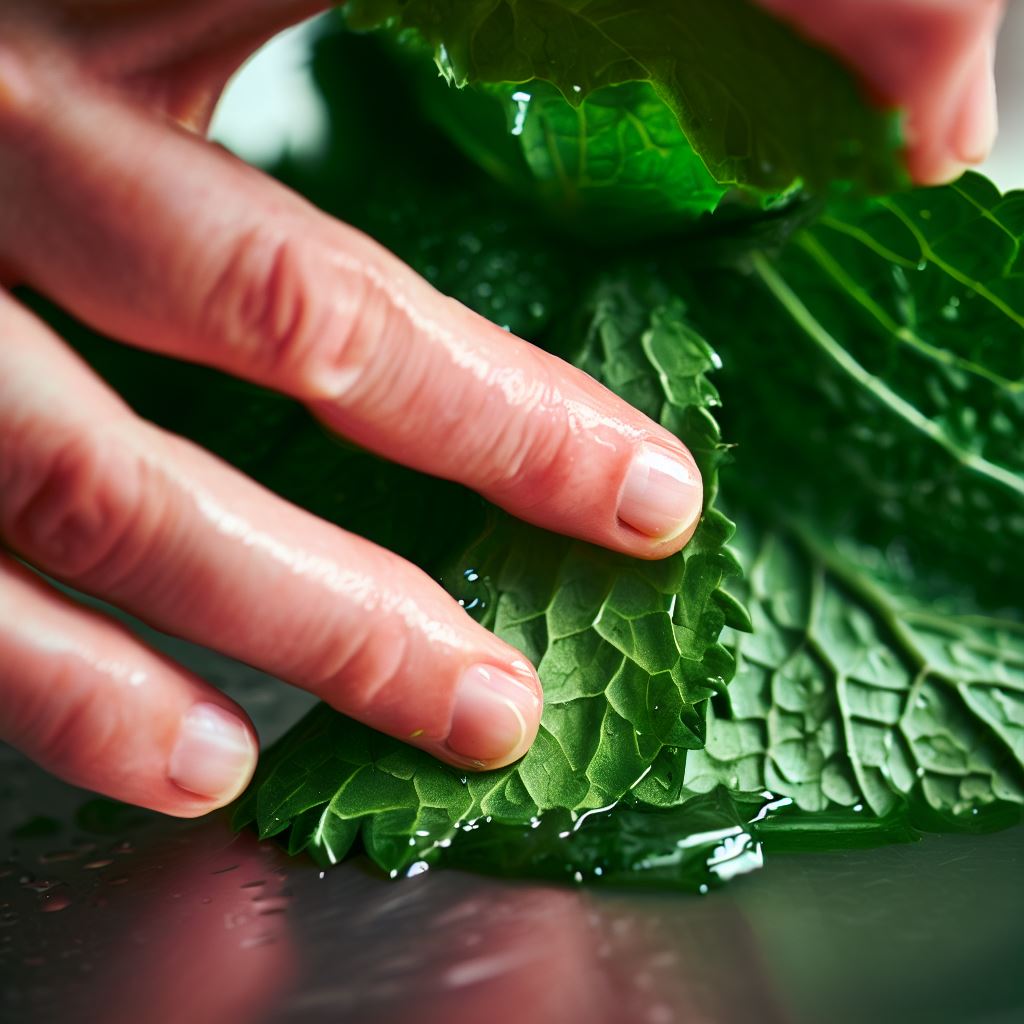
Regular inspection is key to catching pest problems early. Make it a habit to examine your herbs closely at least once a week.
Inspection Checklist:
- Check under leaves
- Look for discoloration or damage
- Examine stems and soil surface
- Watch for webbing (a sign of spider mites)
If you spot any issues, gently clean the affected areas with a soft, damp cloth. For more severe infestations, consider using insecticidal soap or neem oil.
DIY Natural Pest Deterrents
Natural pest deterrents can be an effective and safe way to protect your indoor herb garden. Many of these solutions can be made with common household items.
| Deterrent | Ingredients | Target Pests |
|---|---|---|
| Garlic Spray | Garlic cloves, water | Aphids, whiteflies |
| Cinnamon Powder | Ground cinnamon | Fungus gnats |
| Neem Oil Solution | Neem oil, water, mild soap | Various pests |
| Diatomaceous Earth | Food-grade diatomaceous earth | Crawling insects |
How to Make Natural Pest Deterrents
Garlic Spray:
- Ingredients: Garlic cloves, water
- Method: Puree approximately 15 cloves of garlic and mix into 1 liter of water. Strain through a cheesecloth and place in a spray bottle. Spray this on your plants for a few days to repel aphids and whiteflies
Cinnamon Powder:
- Ingredient: Ground cinnamon
- Method: Sprinkle cinnamon powder around the base of your plants to repel fungus gnats. This method is particularly effective because fungus gnats are attracted to moisture and cinnamon can help dry out the soil
Neem Oil Solution:
- Ingredients: Neem oil, water, mild soap
- Method: Mix neem oil with water and a small amount of mild soap. Spray this solution on your plants to repel various pests. Neem oil is a natural insecticide that can be used to control aphids, whiteflies, spider mites, and other pests
Diatomaceous Earth:
- Ingredient: Food-grade diatomaceous earth
- Method: Sprinkle a thin layer of diatomaceous earth around the base of your plants to control crawling insects like ants and slugs. This method is effective because the diatomaceous earth cuts through the exoskeletons of insects, causing them to dehydrate and die
Tips for Using Natural Pest Deterrents
- Test First: Always test these deterrents on a small area of your plants first to ensure they tolerate them well
- Monitor Humidity: High humidity can attract pests, so maintaining a moderate level is crucial
- Clean Regularly: Regularly clean your garden to remove any debris or pests that may have accumulated
When using these deterrents, be sure to test on a small area first to ensure your herbs tolerate them well.
Introduce Beneficial Insects

Beneficial insects can be powerful allies in protecting your indoor herb garden from pests. These helpful creatures prey on common herb pests, providing natural pest control without the need for harsh chemicals.
- Ladybugs: Ladybugs are voracious predators that feed on aphids, whiteflies, and other soft-bodied pests. A single ladybug can consume up to 5,000 aphids in its lifetime.
- Praying Mantises: Also known as the “garden ninja,” praying mantises are stealthy predators that capture and consume a wide variety of insects, including grasshoppers, crickets, and caterpillars.
- Lacewings: Lacewing larvae are effective at controlling aphids, mealybugs, and mites.
Tips for Introducing Beneficial Insects
Before introducing beneficial insects to your indoor herb garden, it’s essential to research which ones are most appropriate for your specific pest issues and indoor environment.
Ensure that the beneficial insects you purchase are healthy and suitable for your needs. This will help you avoid introducing pests or insects that might not be effective in your specific environment. Look for suppliers that specialize in beneficial insects and have a good reputation for providing high-quality products.
Follow the supplier’s recommendations for releasing the insects, usually during the evening when temperatures are cooler. This helps the insects acclimate to their new environment and reduces the risk of them being harmed by extreme temperatures. Additionally, releasing them at night can help them find shelter and food sources more easily.
Remember to be patient. It may take some time for beneficial insects to establish themselves and make a noticeable impact on pest populations. Be patient and monitor your garden regularly to see the effects of the beneficial insects. It’s also important to understand that some beneficial insects may not be immediately effective, especially if the pest population is large.
Avoid Overusing Insecticides
Chemical insecticides can harm beneficial insects along with the pests, so use them sparingly. Instead, focus on using natural pest deterrents and other non-chemical methods to control pests. This will help maintain a healthy and balanced ecosystem in your indoor herb garden, allowing beneficial insects to thrive and do their job effectively
For more information on creating a balanced indoor ecosystem, check out our Smart Gardens section.
Create Physical Barriers
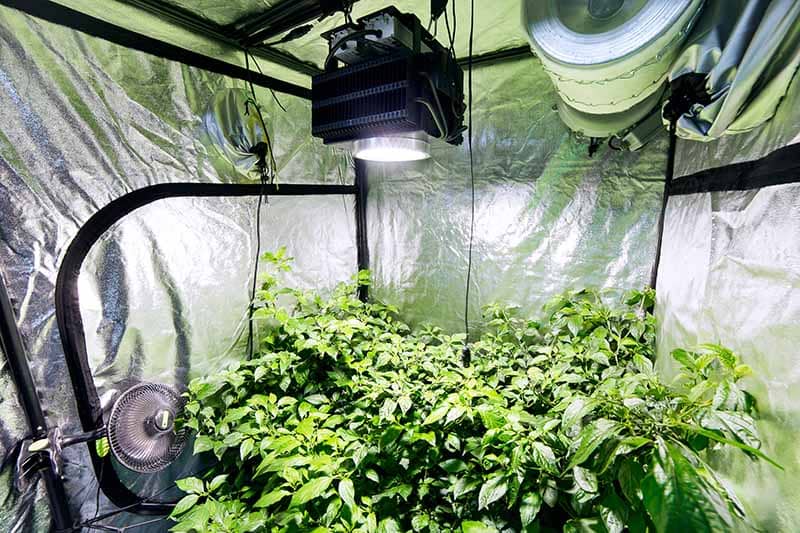
Physical barriers can be an effective way to prevent pests from reaching your herbs in the first place. These barriers can be especially useful if you have recurring pest problems. Here are some effective physical barriers you can use:
Fine mesh covers can be placed over your herb plants to prevent pests from reaching them. These covers are typically made of a fine, breathable material that allows air and light to pass through while keeping pests out. They are particularly effective against small insects like aphids and whiteflies.
Sticky traps can be placed around the base of your herb pots to catch crawling insects like ants and slugs. These traps are coated with a sticky substance that insects get stuck to, preventing them from reaching your herbs. They are easy to use and can be placed around the base of each pot.
Kaolin clay sprays can be applied to the leaves of your herbs to create a physical barrier that pests find difficult to penetrate. The clay creates a thin, white coating that makes it harder for pests to feed on your plants. This method is particularly effective against fungus gnats and other small insects.
Diatomaceous earth can be used to create a physical barrier around the base of your herb pots. This natural powder is made from the fossilized remains of tiny aquatic organisms and is effective against crawling insects like ants and slugs. Simply sprinkle a thin layer of diatomaceous earth around the base of each pot to create a barrier.
Tips for Maintaining Physical Barriers
- Periodic Checks: Regularly check your physical barriers to ensure they are still effective and not damaged.
- Replacement: Replace any damaged or worn-out barriers to maintain their effectiveness.
- Cleaning: Clean sticky traps regularly to prevent them from becoming less effective.
By using these physical barriers, you can create a protective layer around your herbs that prevents pests from reaching them. This can help reduce the need for chemical pesticides and promote a healthier, more natural environment for your indoor herb garden.
Practice Good Hygiene
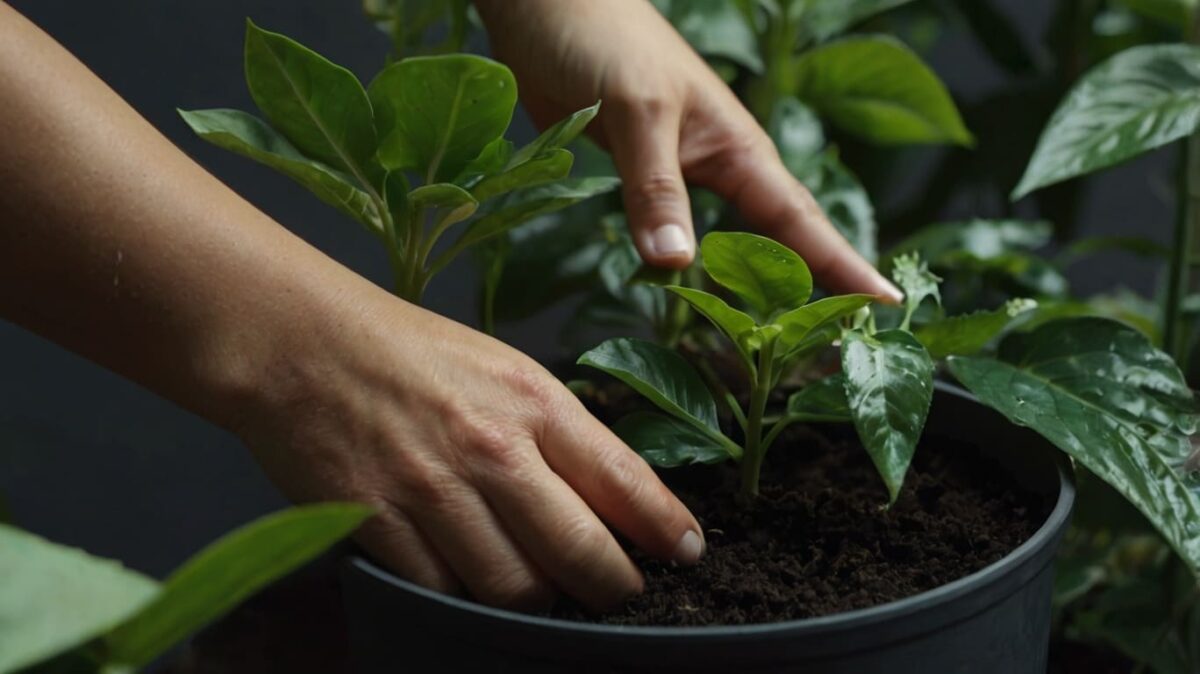
Maintaining good hygiene in your indoor herb garden is crucial for pest prevention. Regular cleaning and proper plant care can go a long way in keeping your herbs healthy and pest-free.
Hygiene best practices:
- Remove dead leaves promptly
- Clean pots and saucers regularly
- Quarantine new plants before introducing them to your garden
- Wash hands and tools between handling different plants
RELATED: For more tips on maintaining a healthy indoor garden, visit our Care Guides section.
Protecting your indoor herb garden from pests requires a combination of prevention, vigilance, and appropriate action. By implementing these eight strategies, you can create a thriving, pest-resistant herb garden that brings joy and flavor to your home.
Happy herb gardening!


